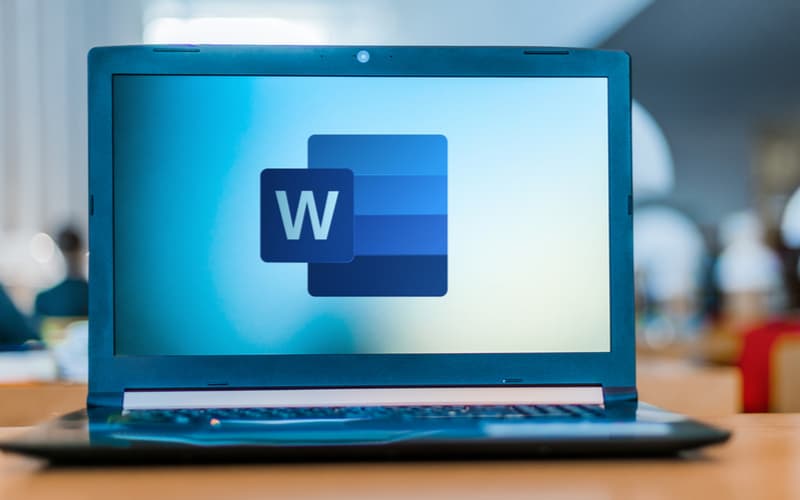How To Make Labels In Word

Table of Contents
Personalized labels can be created using Microsoft Word, but they require some initial steps. First, you need to create an image file that contains your text and graphics. Then, you need to insert this image into a document.
Finally, you can change the font size and other formatting options as needed. But let's look at this in a bit more detail.
Prime Day is finally here! Find all the biggest tech and PC deals below.
- Sapphire 11348-03-20G Pulse AMD Radeon™ RX 9070 XT Was $779 Now $739
- AMD Ryzen 7 7800X3D 8-Core, 16-Thread Desktop Processor Was $449 Now $341
- ASUS RTX™ 5060 OC Edition Graphics Card Was $379 Now $339
- LG 77-Inch Class OLED evo AI 4K C5 Series Smart TV Was $3,696 Now $2,796
- Intel® Core™ i7-14700K New Gaming Desktop Was $320.99 Now $274
- Lexar 2TB NM1090 w/HeatSink SSD PCIe Gen5x4 NVMe M.2 Was $281.97 Now $214.98
- Apple Watch Series 10 GPS + Cellular 42mm case Smartwatch Was $499.99 Now $379.99
- ASUS ROG Strix G16 (2025) 16" FHD, RTX 5060 gaming laptop Was $1,499.99 Now $1,274.99
- Apple iPad mini (A17 Pro): Apple Intelligence Was $499.99 Now $379.99
*Prices and savings subject to change. Click through to get the current prices.
Template
Word offers a template for printing labels. You can create a label template by inputting values.
You can change the size of the page, the orientation (portrait or landscape), the number of rows and columns, the labels’ position across and down, the labels’ width and height, and the vertical and horizontal pitch.
The top margin and side margin should be 0mm. You need to give a template a name and save it as an .RTF file.
Then, you need to open the envelope and label templates window and create a new document by clicking on new document. Now, you can use the template.
Step
Format Your Labels
Once you’ve drawn your shape to your preferred size, you’ll want to make it look nice. You can add some thickness outlines so that they’re more visible once printed.
Go to the Format tab, under shape outline and then color and picture for the background. There are various other options you can use to make it visually appealing.
Step
Make It More Interesting
Adding another layer is an easy way to make labels more interesting. You can use shapes to create a border around your text or use a different color to make your text pop out.
If you want to add text to your label it's easy to do. Just open the insert text box option and it will give you exactly that! Draw your text box over the existing shape to make it clear.
Step
Group Them Together
The last thing you want to do before you print your labels is to group them together.
When you select your entire label, you can then move it around the page by clicking on each individual item inside the label.
Grouping is an awesome feature as it easily allows you to group labels together!
A creative thing to do is to use the outline style. Start out with a white circle, but add some color by adding an outline.
To create a dotted line, you’ll need to select Dashes. Choose dots if you want to draw a solid line. Then, change the color of the line.
Mail Merge In Excel
Another way of creating labels is using mail merge.
Step
Choose the label template
Once you’ve created an Excel document with headers and data, go to the mail merge option and choose the correct template. Choose the label option and input the label size and click ok.
Step
Get List
Next, look under option 2 in the mail merge window and select the button labeled get list.
Next, choose the open data source option. You can then find and click on the one you created.
Step
Organize Names
You should now see a pop-up that when selected allows you to organize the names of your columns in the way you would like them printed on your label.
All you need to do is select the names from the merge menu. Choose which one you want on the top and then put the rest in order.
Once you've done this click the ok and you will return to the mail merge window.
The fourth option in the mail merge window allows you to filter the recipient list. This comes in handy when your Excel document has addresses from multiple states. To filter out only specific addresses, set the comparison to equal to and type it into the compare to box, and press ok. Job done!
In Summary
So there we have it, a short guide for successfully creating labels in Word, and also in Excel. Happy labeling.

